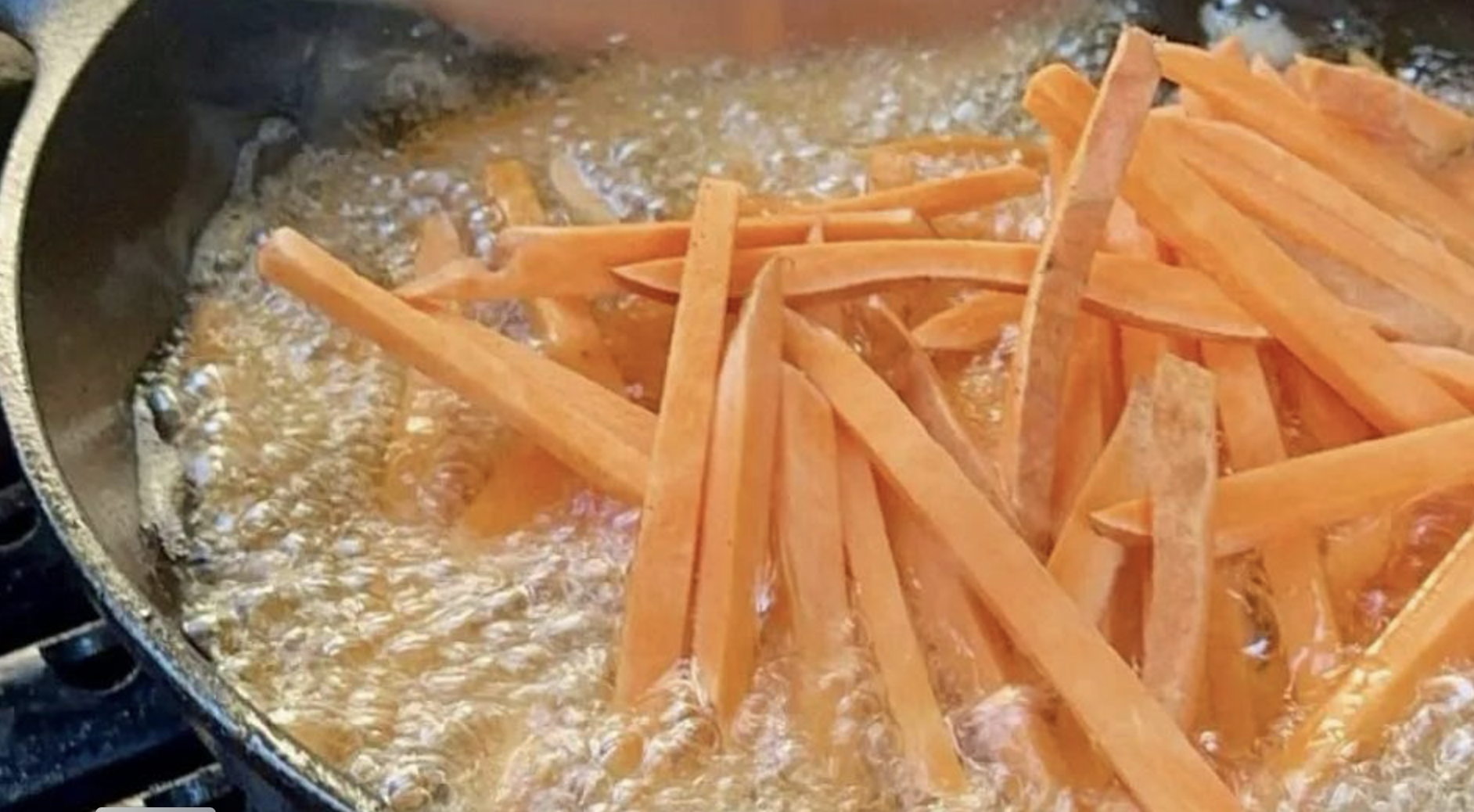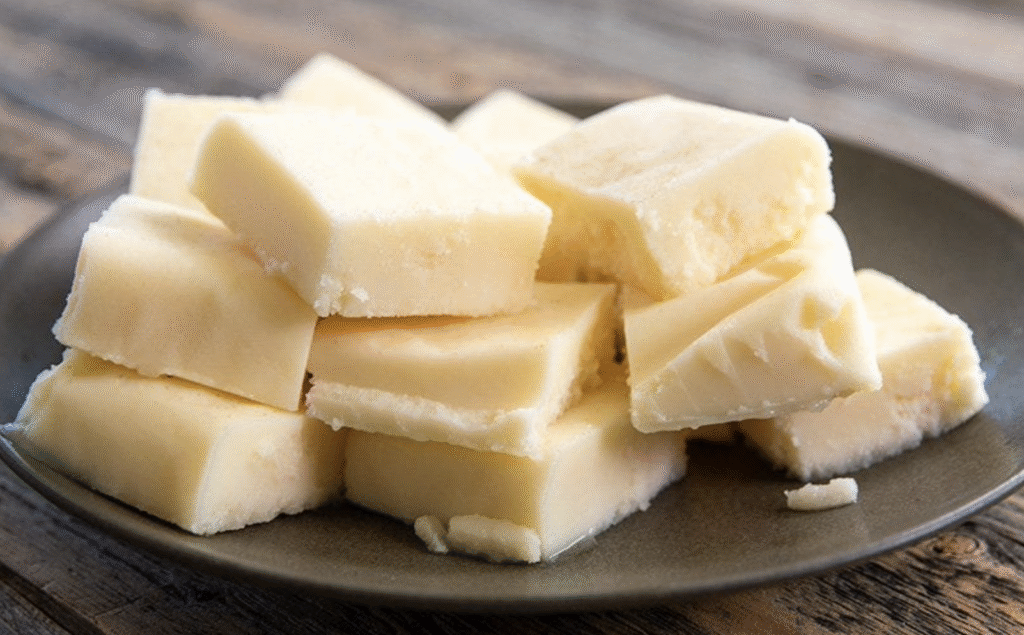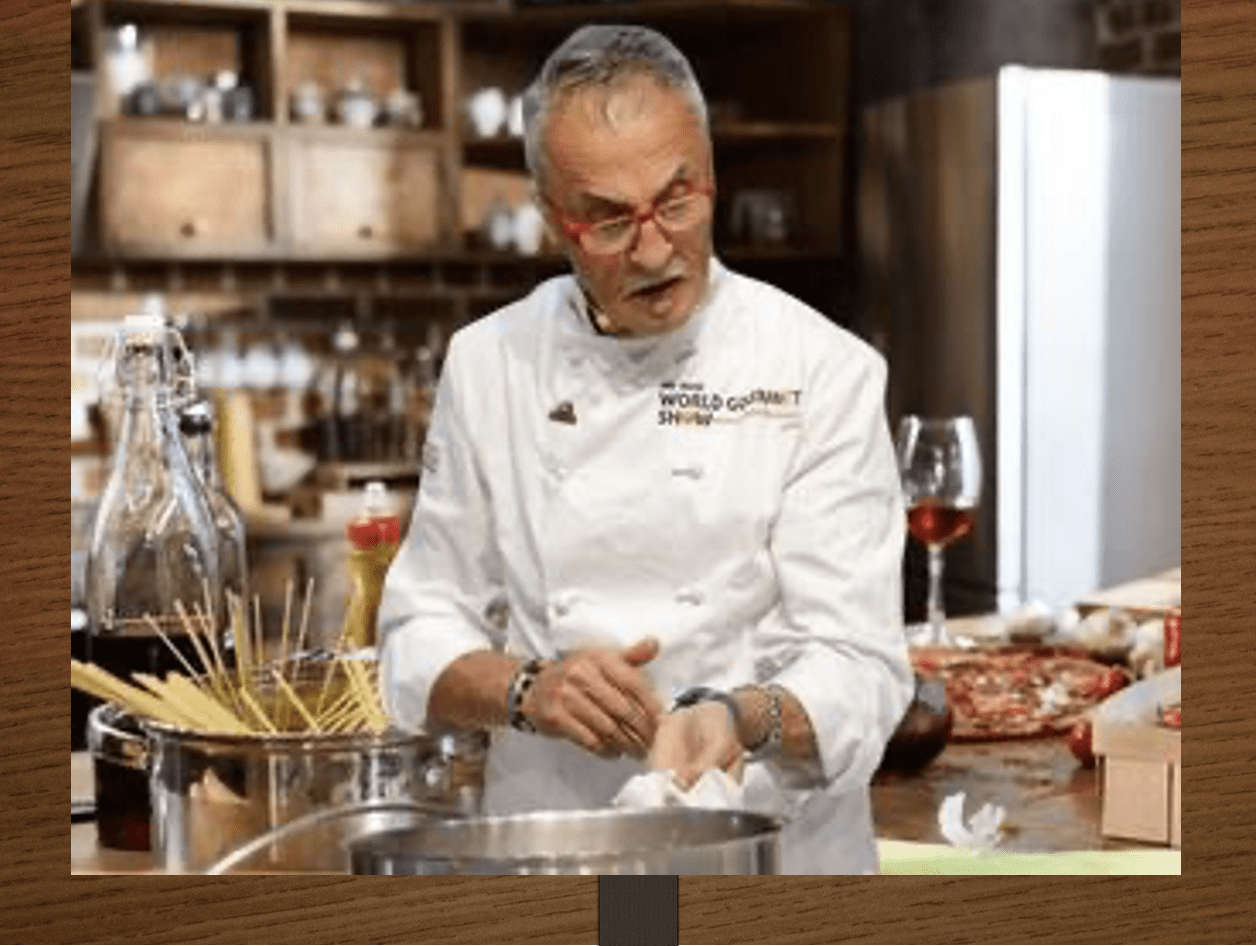Search Posts
Recent Posts
- Vinny Paz to be inducted TODAY into the International Boxing Hall of Fame – CES Boxing June 7, 2025
- In the News… quick recap of the week’s news (6.7.25) June 7, 2025
- Burn with Kearns: Strong without the spend: How scraps became strength tools – Kevin Kearns June 7, 2025
- Rhode Island Weather for June 7, 2025 – Jack Donnelly June 7, 2025
- How to advocate for threatened properties: The Heritage Alliance of Pawtucket June 7, 2025
Categories
Subscribe!
Thanks for subscribing! Please check your email for further instructions.

Ask Chef Walter: Beef Tallow, forgotten super-fat reclaiming its place – Chef Walter Potenza
by Chef Walter Potenza, contributing writer, executive chef
The forgotten super-fat reclaiming its place in modern kitchens.
Beef Tallow Sweet Potato French Fries, above
Friends:
In an era where processed vegetable oils dominate supermarket shelves, an ancient culinary staple is making a surprising comeback—beef tallow. Once a cornerstone of traditional cooking, this rich, golden fat was nearly erased from American kitchens by the mid-20th-century war on saturated fats.
But today, fueled by health advocates like Robert F. Kennedy Jr. and a growing movement toward ancestral eating, beef tallow is experiencing a renaissance. This revival raises essential questions:
Why did we abandon such a nutritious and versatile fat in the first place? What does science now say about its health effects? And how can modern consumers wisely incorporate tallow into their diets?
To understand tallow’s place in our past and potential future, we must explore its history, production, benefits, and controversies in depth.
Beef tallow is rendered fat derived from cattle, primarily sourced from the dense, nutrient-rich fat deposits around the kidneys and loins, known as suet. Unlike lard, which comes from pigs, tallow has a firmer texture and a higher smoke point, making it exceptional for frying and baking. The production of tallow is time-honored yet straightforward. Butchers first separate suet and other fatty tissues from beef carcasses, chopping them into small pieces to maximize surface area.
The fat is then gently heated in a large pot or slow cooker at low temperatures, typically between 200–250°F, to prevent burning and allow impurities to separate. This process, known as rendering, is slow and careful, ensuring that the fat is heated just enough to melt without burning. The liquefied fat is poured through a fine mesh strainer or cheesecloth to remove any remaining meat bits or connective tissue, producing a clear, golden liquid.
Once cooled, the liquid fat hardens into a creamy, off-white solid with a mild, savory aroma. Properly rendered tallow can last up to a year at room temperature and even longer when refrigerated. Historically, nothing was wasted—the crispy leftover bits, called cracklings, were eaten as snacks, while the purified tallow was used for cooking, soap-making, and even lamp fuel.
The history of beef tallow stretches back thousands of years, connecting us to our culinary ancestors. Ancient Romans used it to preserve meat and fry foods, while medieval Europeans relied on it for candles and lubricants. In pioneer America, tallow was indispensable settlers used it for cooking, waterproofing leather, and making soap. Before the rise of industrial seed oils, tallow was the preferred frying fat in restaurants and homes. Iconic dishes like McDonald’s original fries, which were fried in beef tallow until 1990, Southern-style fried chicken, and flaky pie crusts and biscuits all owed their rich flavor and crisp texture to tallow.
The downfall of tallow began in the 1950s-70s, when flawed studies wrongly linked saturated fats to heart disease. The food industry pivoted to cheap soybean, corn, and canola oils, marketing them as “heart-healthy” alternatives. By the 1990s, tallow was nearly extinct in mainstream cooking, replaced by hydrogenated trans fats, which were later proven far more harmful.
Today, combining nutritional science, sustainability concerns, and culinary nostalgia drives tallow’s resurgence. The keto and carnivore movements, which embrace high-fat, low-carb ancestral eating and growing distrust of seed oils because of their high omega-6 structure and potential inflammatory effects, have contributed to its comeback.
Celebrity and influencer endorsements, including RFK Jr.’s advocacy for traditional fats, have also played a role.
Unlike heavily processed industrial oils, beef tallow has beneficial nutrients. It contains a balanced mix of saturated fats, which are now recognized for their stability under heat and role in hormone production, and monounsaturated fats, the same fats commonly found in olive oil. Beef tallow is rich in stearic acid, a unique saturated fat that may improve cholesterol profiles, and conjugated linoleic acid (CLA), which is linked to reduced inflammation and improved metabolism. Additionally, tallow contains fat-soluble vitamins A, D, E, and K2, which are critical for immune function, bone health, and skin vitality, with grass-fed tallow offering even higher levels. With a smoke point of 400°F or higher, tallow outperforms most vegetable oils, which often oxidize and form harmful compounds when fried. Historically, tallow was also used in balms and soaps, and modern “tallow balms” are gaining popularity for their moisturizing properties, thanks to their similarity to human skin oils.
Despite its benefits, tallow isn’t without debate. While newer research disputes the ‘saturated fat equals heart disease’ myth, some medical experts still advise moderation, particularly for those with genetic cholesterol issues. Industrial beef production also has a large carbon footprint, making grass-fed, regenerative tallow a more sustainable choice. Some find tallow’s earthy, meaty taste overpowering in delicate dishes, and it’s harder to find than mainstream oils. However, online retailers like Fatworks and Epic Provisions are making it more accessible. However, for those who enjoy beef’s rich, savory flavor, tallow can be a delicious addition to several dishes, adding depth and complexity. And while it may not be as readily available as other cooking fats, its unique flavor and renewed health benefits make it worth seeking out.

In the kitchen, tallow’s versatility shines. It’s perfect for frying and searing, delivering crispy fries, perfectly seared steaks, and golden fried chicken. It adds flakiness to pie crusts and biscuits and enhances the flavor of roasted vegetables like potatoes or Brussels sprouts when tossed in melted tallow before roasting. Homemade broths and sauces also benefit from their rich depth of flavor. Beyond cooking, tallow has non-food uses as well. It is a natural moisturizer in tallow balms. It creates a durable, non-stick coating for seasoning cast iron, and can even be used in candle making as a traditional alternative to paraffin wax. This versatility makes tallow a valuable addition to any kitchen, whether you’re a health-conscious cook, a culinary enthusiast, or someone interested in ancestral eating.
The evidence suggests that beef tallow is far healthier than processed seed oils, especially for high-heat cooking. Its rich nutrient profile, historical culinary legacy, and versatility make it a worthy addition to modern kitchens, as long as it’s sourced responsibly. For those looking to reconnect with traditional foods, optimize their fat intake, or enjoy better-tasting meals, beef tallow is more than a trend—it’s a revival of real food wisdom. As the saying goes, “What’s old is new again.” And in the case of beef tallow, that’s a very good thing.

Puglia Food + Wine Tour, October 6 – 13, 2025
___
Chef Walter is featured HERE every Sunday with his regular Ask Chef Walter column!

Meet Chef Walter! There is a constant, recognizable thread in the career of Walter Potenza to elevate the level of Italian culinary culture in the United States. Besides his unquestionable culinary talent and winning business perspective, Chef Walter has been a relentless educator with passion and knowledge who defeats stereotypes. His life, career, and values are a model, an example to follow by any chef of Italian gastronomy working outside Italy.
Chef Walter appears regularly on National and International Networks such as Food Network, ABC, CBS, NBC, RAI, FOX, and Publications such as NY. Times, Washington Post, Wall Street Journal, Food & Wine, Saveur, Gourmet, and several Italian media outlets. And now “RINewsToday”!
